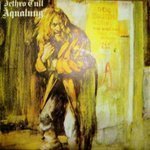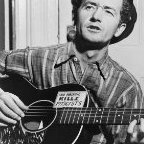Birdwatching In Isan
-
Recently Browsing 0 members
- No registered users viewing this page.
-
Topics
-
-
Popular Contributors
-
-
Latest posts...
-
307
Fun Quiz > Covid-19 mRNA Vax harm denial - At which stage are you?
The adults are having a discussion... pollute another thread with your vapid idiocy. -
83
Krungsri online banking discontinued from 1 October 2025
How do you get your statement and store them on your computer. I have several accounts and reconcile them each month with downloaded statements into cashbook software. -
9,848
Electric Vehicles in Thailand
I got a free BYD Charger and installation when I purchased my Seal in 2023. BYD came and did a site survey and they provided a cable, from memory I think the first 10m was free. I did ask how much per m for longer and I remember thinking it sounded reasonable. As for what they quoted me, that I don't remember. Question 3 "do BYD use the charger installation exercise as a price gouging opportunity?" - I don't think so. -
48
Crime Immigration Ramps Up Airport Security to Block ‘Grey Business’ Foreigners
So, Just another excuse to stop someone coming in because an IO is having a bad day or they have to fill some quota. -
263
Trump's crackdown on LA protests is pure hypocrisy
Yeah... Hey, doesn't Trump make dozens and dozens of posts a day... attacking anyone who defies him from the Oval Office, where perhaps he might be doing things to help the country instead? Oops. -
43
Why are there no fat cows in Thailand?
Thai Cows are "low mainainance" they eat what ever grows on biological "low quality" land. Once you have the land for it, it's a low cost venture and can therefore be quite profitable. I was also told by Thais, that owning cows improves ones image. Why I wasn't told.
-
-
Popular in The Pub




.thumb.jpeg.d2d19a66404642fd9ff62d6262fd153e.jpeg)








Recommended Posts
Create an account or sign in to comment
You need to be a member in order to leave a comment
Create an account
Sign up for a new account in our community. It's easy!
Register a new accountSign in
Already have an account? Sign in here.
Sign In Now